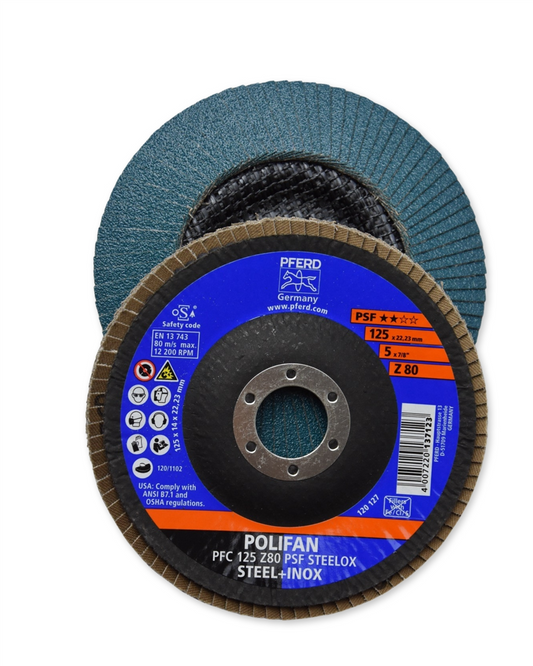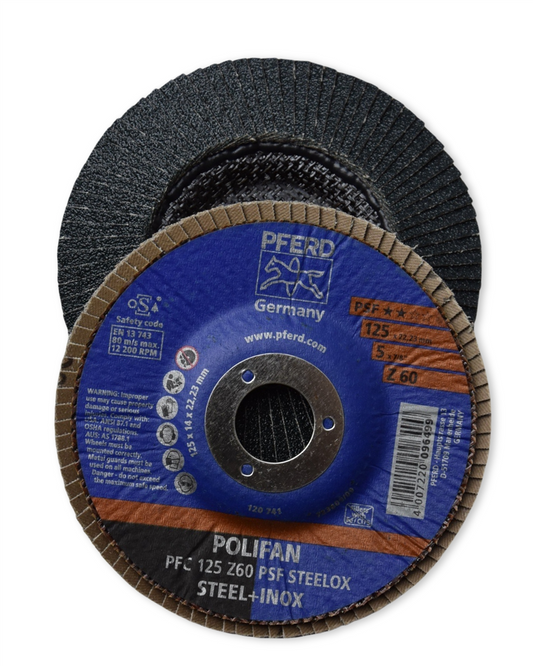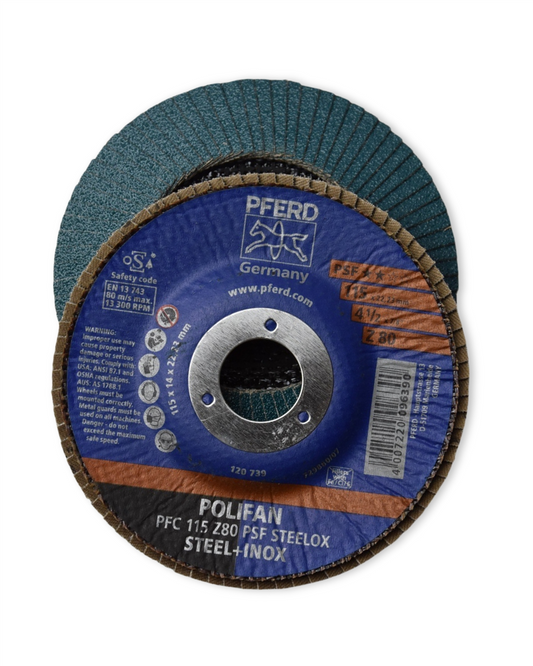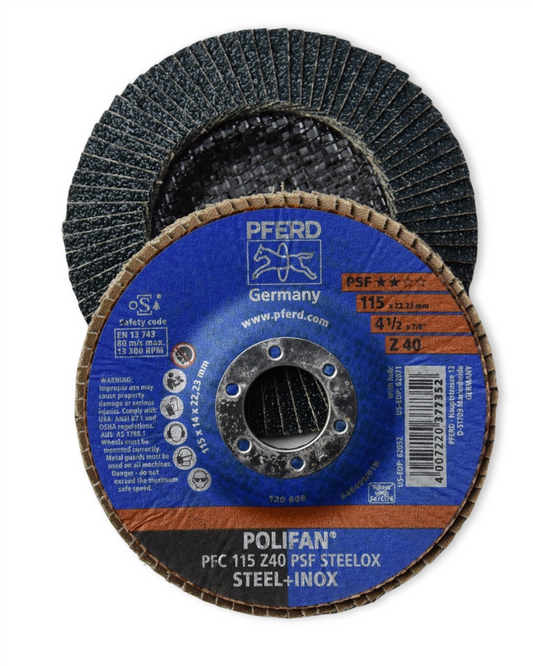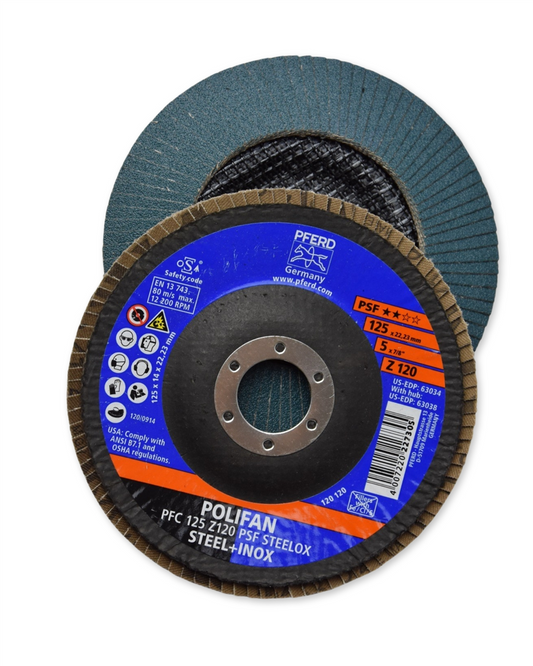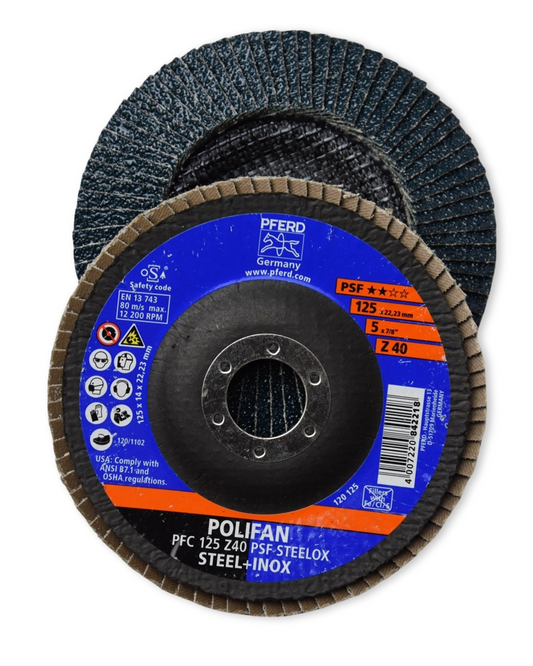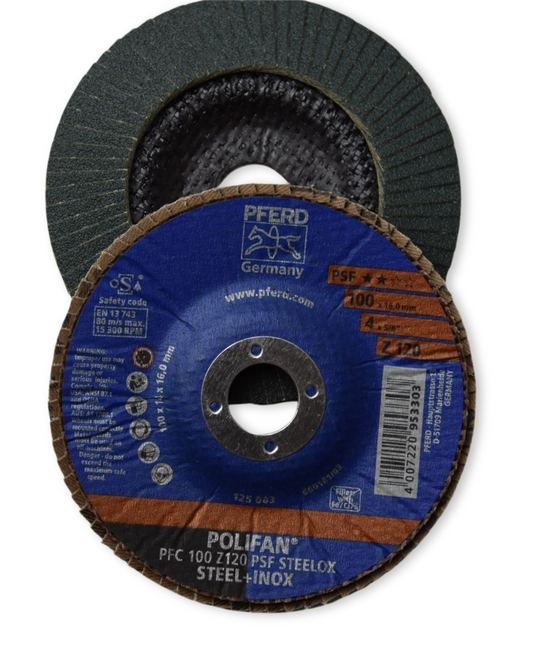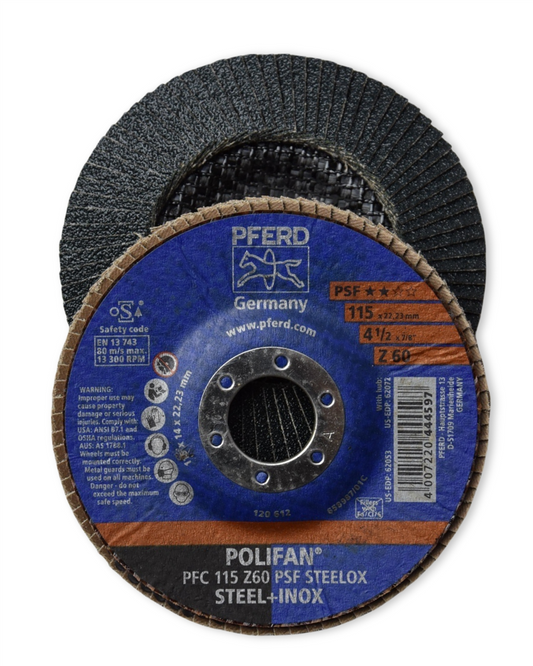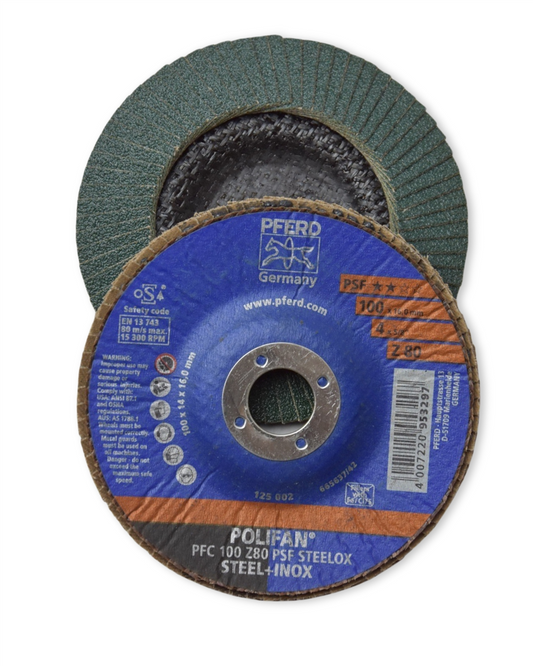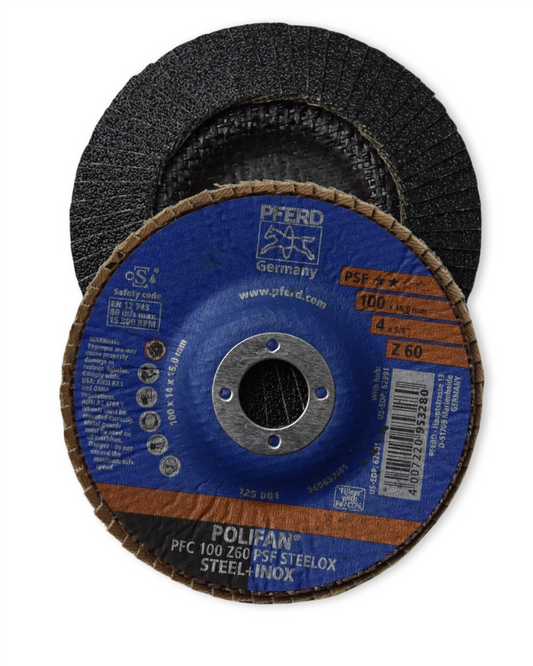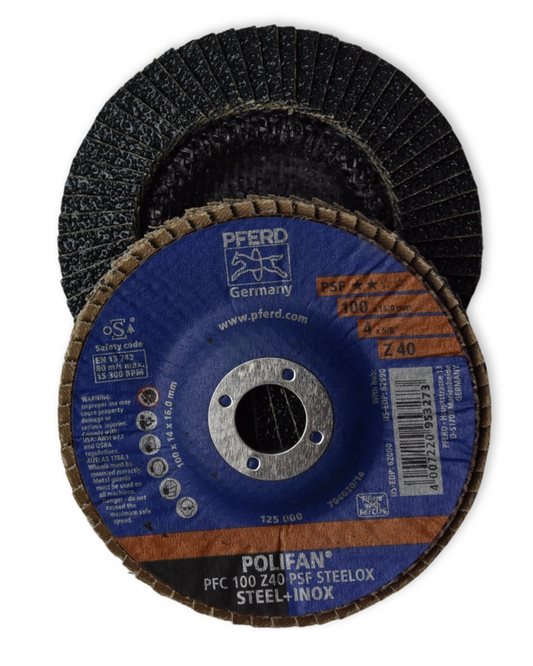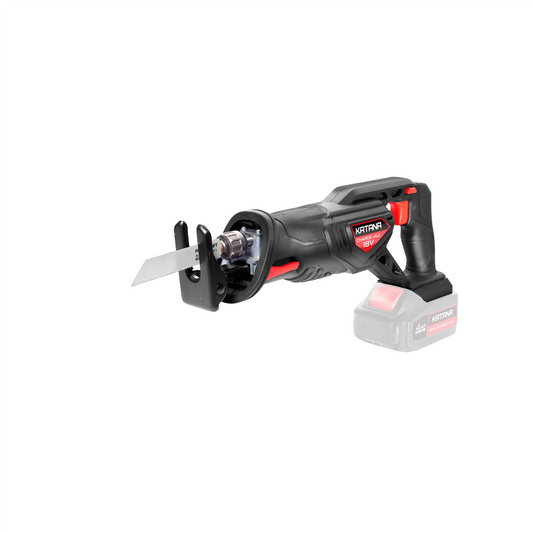The Best Way to Install a Keyless Door Lock at Home
Share
Step-by-Step Guide to Installing a Keyless Door Lock for Hassle-Free Security
Say goodbye to the frustration of misplaced keys and the classic "Where did I put them?" moment. A keyless door lock offers convenience, security, and peace of mind. Whether you're juggling bags of groceries, wrangling kids, or just sick of digging through your pockets, upgrading to keyless entry is a smart move.
Why a Keyless Door Lock is a Game Changer
Life is busy, and the last thing you need is to be locked out of your own house. A keyless lock lets you unlock your door with a code, fingerprint, or even your smartphone. No more hiding spare keys under the doormat! Plus, you can create temporary codes for guests, tradies, or deliveries—perfect for keeping things secure without handing out keys.
What You Need Before You Start
Before rolling up your sleeves, make sure you have:
- Your new keyless door lock (double-check it suits your door thickness and type).
- A screwdriver (usually a Phillips-head will do the trick).
- A measuring tape (precision matters!).
- A drill (handy if you're replacing a traditional lock that doesn’t align perfectly).
- The included installation template (most locks come with one).
Take a moment to read the manufacturer’s instructions. Every brand has slight differences, and the last thing you want is to get halfway through before realising you’ve skipped a step.
Installing Your Keyless Door Lock
Let’s break this down into simple steps so you can get the job done with confidence.
1. Remove the Existing Lock
If you’re swapping out an old lock, unscrew and remove the handle or deadbolt. Keep any screws or parts in case you need them later.
2. Check the Fit
Use the installation template to ensure the new lock aligns correctly. Place the keypad or fingerprint reader against the exterior side of the door to check for size and positioning.
3. Install the Deadbolt or Latch
Most keyless locks have a deadbolt for extra security. Slot it into the door’s existing hole and screw it in firmly. If your door wasn’t previously fitted with a deadbolt, you might need to drill a new hole.
4. Attach the Keypad or Fingerprint Reader
Secure the exterior part of the lock to the door, making sure any wiring is threaded through to the inside section. The inside portion will house the battery pack and additional hardware.
5. Secure the Interior Assembly
Once the exterior component is in place, attach the inside unit. Follow the manufacturer’s guide to connect any wires and insert the necessary batteries. Most locks run on AA or lithium batteries for long-lasting power.
6. Program Your Lock
Now for the fun part—setting up your access codes or fingerprint settings. Most models have a simple setup process using buttons or a mobile app. Be sure to test it a few times to ensure everything runs smoothly.
7. Test the Lock
Before calling it a day, give everything a test. Close the door and enter your code or scan your fingerprint. If the lock doesn’t engage properly, retrace your steps and check for loose screws or misalignment.
Handy Tips for a Smooth Installation
- Ensure your door is properly aligned. A misaligned door frame can make locking and unlocking difficult.
- Change batteries regularly. Most digital locks have a low-battery warning, but it’s wise to stay ahead.
- Store a backup access method. Some keyless locks come with an emergency key override—keep it somewhere safe.
- Keep your access code private. Update it periodically to maintain security.
Ready to Upgrade?
Installing a keyless door lock doesn’t require a toolbox full of fancy equipment or a technician’s expertise. With the right preparation and a little patience, you’ll have a smooth, hassle-free setup.
Thinking of upgrading your home security? Visit Strathalbyn H Hardware for expert advice and quality locks that are built to last. Happy installing!
Cheers!
Candeece

Stay Connected
Follow our Facebook Page: Strathalbyn H Hardware on Facebook

